Nuclear era. Part 7
In addition to countries officially possessing nuclear weapons and being permanent members of the UN Security Council - the United Kingdom, China, Russia, the United States and France - there are a number of countries possessing nuclear weapons, which will be discussed in the last two parts.
5 March 1970 has officially entered into force the Treaty on the Non-Proliferation of Nuclear Weapons. To this document, developed by the UN Disarmament Committee, to date, representatives of more than 170 countries have put their signatures. According to the provision of the treaty, the state possessing nuclear weapons is considered to be the one that created and tested such a weapon or device before 1 in January 1967 (USA, USSR, Great Britain, France and China). Each of the non-nuclear-weapon States parties to the Treaty undertakes not to accept nuclear weapons and / or other nuclear explosive devices from anyone, as well as control over them, either directly or indirectly; as well as not to manufacture or acquire in any other way nuclear weapons or other nuclear explosive devices and not to accept any assistance in their production.
Israel, India, Pakistan and the DPRK refused to join the treaty. These countries are members of the “illegal nuclear club”. In addition to the nuclear charges in these states, the means of delivery are created, tested and put into service,
and some are working to build a full-fledged nuclear triad.
Israel
Apparently, Israel became the first unofficial possessor of the atomic bomb, although Israeli officials have always refused to comment on the presence of nuclear weapons in this country. Nuclear research began just a few years after the formation of the state of Israel. Formally, these works started in 1952 year after the formation of the Israel Atomic Energy Commission.
Great assistance in the development of the Israeli nuclear industry had the United States. The large nuclear research center "Nahal Sorek" near the Palmachim airbase was built according to the American project within the framework of the American-Israeli agreement concluded in 1955. The first research reactor, placed in a concrete bunker, began operations in the 1960 year. Highly enriched uranium for the reactor was also supplied from the USA.
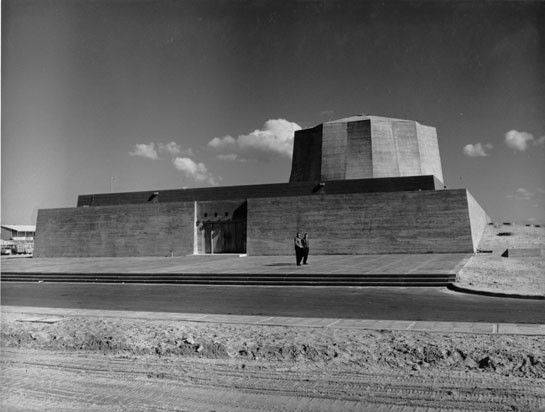
In 1964, the Research Nuclear Center near the town of Dimona, also known as the Machon-2 facility, began operations. In addition to the Americans, France provided assistance in its creation. In the 80-s, the IRR-2 reactor supplied by the French underwent a major modernization, which made it possible to increase the production of plutonium several times. In addition to the reactor, the Israeli nuclear center has uranium enrichment facilities, radiochemical production of weapons-grade plutonium, a complex for the production of heavy water, lithium-6 and lithium deuteride. Despite repeated demands of the world community, Israel still refuses to allow IAEA inspectors to this facility.
At the moment, the Israeli nuclear industry is fully supplied with its own raw materials. A byproduct of phosphate production in fertilizer plants is uranium oxide. Production volumes in Israel are estimated at 40-50 tons.
In 1985, a runaway Israeli nuclear technician Mordechai Vanunu made a number of statements in the press and published photos taken by him at a secret facility in Dimona which indicated that Israel possessed nuclear weapons. In 1986, Vanunu was kidnapped and put on trial in Israel, where he was charged with high treason. By a closed court sentence, Vanunu received 18 years of imprisonment.
It is believed that during the years of operation of the Israeli reactors, at the Nuclear Center in Dimona at least 500-600 kg of plutonium was produced, this amount is enough to create at least 100 nuclear charges. According to the Global Security Institute (GSI), Israel can produce up to 40-60 kg of plutonium annually. In 1993, the report of the Foreign Intelligence Service of the Russian Federation was published, it says that at that time the Israeli nuclear industry could annually produce 5-10 nuclear warheads.
It is worth noting that the Israeli nuclear centers are well protected not only in engineering. Not far from the objects in the "Nahal Sorek" and Dimona deployed positions SAMs. In addition, in the immediate vicinity of the nuclear research center in Dimona, an aerostatic radar post was created to monitor the terrain. The radar antenna and optoelectronic equipment are raised by a tethered aerostat to a height of several hundred meters. This allows you to significantly expand the zone of control in the area of the nuclear center.
Information about the tests of Israeli nuclear weapons is very controversial. Some researchers point out that, given the supply of highly enriched uranium from the United States, equipment and a number of components to Israel, it can be assumed that Israeli nuclear charges are exact copies of American ones. That is, the United States shared not only raw materials but also documentation, technologies and components for creating nuclear weapons. It can also be assumed that Israeli atomic bombs were secretly delivered to the United States and tested at a test site in Nevada, where these explosions were issued for American tests. Similar precedents in the US have already been, since the beginning of the 60's, all British nuclear warheads have been tested there.
In September, an American reconnaissance satellite 1979 recorded a bright flash near the Prince Edward Islands in the South Atlantic. According to the radiation characteristics, the specialists came to the conclusion that it was a nuclear explosion with a power up to 5 kt. This could be a joint Israeli nuclear test with the Republic of South Africa. Of course, the intelligence of the leading countries soon found out what and who was experiencing in the desert region of the world’s oceans, but so far this information has not been officially made public.
Some aviation nuclear bombs appeared in Israel in the late 60s. Their first carriers were F-4 fighter-bombers. In 1971, the missile of the operational-tactical complex "Jericho-1" with a launch range of 500 km was put into service and was put into service. By the time the Lebanese War began in 1982, the number of Israeli nuclear warheads exceeded 35. In the second half of the 80s, the production of the Jericho-2 medium-range ballistic missiles began. At the same time, nuclear bombs were adapted for F-16 fighters.
At the moment, the core of the Israeli nuclear forces are ballistic missiles "Jericho-2" and "Jericho-3" of mine and mobile-based, deployed on the missile base Sdot Micah. The number of ballistic missiles carrying combat duty is estimated at 50-60 units.
The air component of the Israeli nuclear forces are F-15I fighter-bombers with nuclear bombs and Popeye turbo or Spice-2000 cruise missiles with a single nuclear warhead. Another Israeli air-launched cruise missile is the Delilah, it is about 3 meters long and flies at a high subsonic speed. According to its characteristics, it is close to the American KR AGM-86
Israeli diesel-electric submarines of the Dolphin type can also be used for launching nuclear strikes with cruise missiles. Now in the Israeli Navy four boats of this type. All of them have been revised to enable the use of cruise missiles with a launch range of about 1500 km.
By the beginning of the 2000-s in Israel, the final formation of a full-fledged nuclear triad was completed. However, the Israeli nuclear forces are mainly focused on deterring their Arab neighbors and Iran and have not previously claimed to solve global problems. The situation began to change after being tested in the 2005 year of the Jericho-3 ballistic missile.
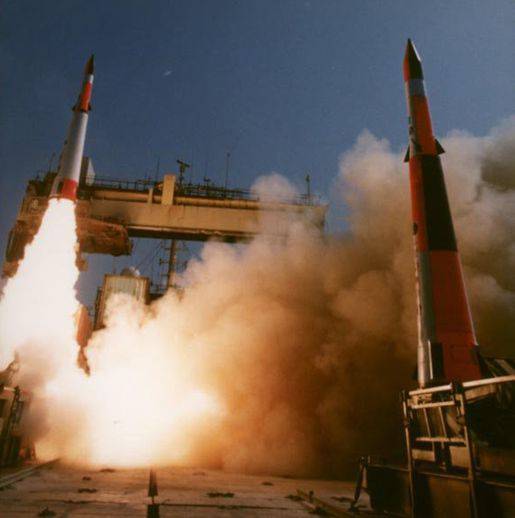
According to data published by Jane's Weapon Systems, the Jericho-3 BR is capable of delivering a 750 kg warhead to a range over 11000 km. The same information provided by the United States Department of Defense Intelligence Agency (RUMO) was featured at hearings in the US Congress. Known about 16 missiles "Jericho-3", located in underground shelters at the base of Sdot Micah. If an order is received, the rockets on wheeled cargo platforms are transported to concrete launch pads located near the shelters, from where the launch takes place. The launch range of the Jericho-3 BR allows them to hit targets throughout Europe, Asia and Africa.
The number of nuclear warheads available to Israel is estimated in various sources from 130 to 200 ammunition. This roughly corresponds to the nuclear arsenal of Great Britain, but most of the Israeli nuclear charges are designed for tactical carriers. Apparently, at present, the assembly of new nuclear combat units has been stopped in Israel, and the amount available is considered sufficient to cause unacceptable damage to any potential aggressor.
India
After Israel, the next possessor of nuclear weapons was India. The first Indian nuclear test, known under the symbolic name "Smiling Buddha", was held on 18 May 1974. According to Indian representatives (officially it was a “peaceful” nuclear explosion), the power of a nuclear explosive device was 12 qt. Unlike neighboring China, where atmospheric nuclear tests were conducted on the Lobnor test site until 1980, the first Indian test at the Pocaran test site (in 25 km north-west of Pocaran) in the Thar desert was underground. At the site of the explosion, a crater was originally formed with a diameter of about 90 meters and a depth of 10 meters. Modern satellite images show that the crater diameter has increased to 120 meters. Perhaps this happened as a result of erosion and subsidence of the soil. But, apparently, the radioactive background in this area is not very different from the natural, in the crater and around the bush grows.
Atomic research began in India in the middle of the 50's. In 1955, with the help of Great Britain, the construction of the first Indian research reactor Apsara began. In the same year, the Indian government managed to negotiate with the United States and Canada on the supply of a 40-megawatt research reactor, enriched uranium and twenty-one tons of heavy water under the Peaceful Atom program. The reactor, known in India as “Cirus” (Canada-India Reactor, US), was ideally suited not only for research purposes, but also for producing weapons-grade plutonium. In a year, it was possible to obtain the amount of plutonium, sufficient for the assembly of nuclear charges 1-2. Later in India, on the basis of the Canadian reactor, its own model was created - “Druhv” or PHWR (heavy water reactor under pressure). The enriched uranium was originally shipped from the United States, and after breaking the contract from France. In March, the construction of a radiochemical plant for the extraction of plutonium began in Trombay, in the city of Trombay, it entered service in the middle of 1961.
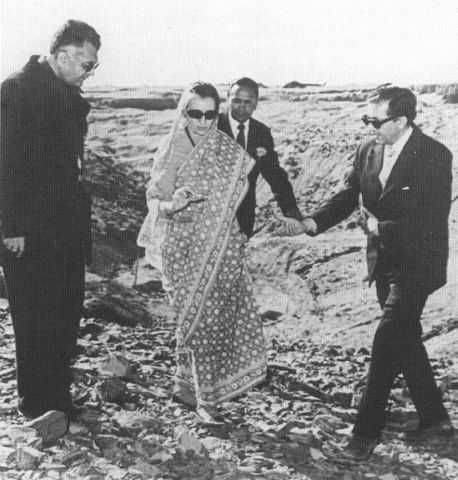
According to the memoirs of the participants of the Indian nuclear program, a political decision to develop nuclear weapons in India was made in 1966. In the 1972 year, after accumulating enough plutonium, Prime Minister Indira Gandhi gave the order to start assembling nuclear warheads. Most of the work on the practical implementation of the Indian nuclear weapons project was carried out in the Trombey Nuclear Research Center named after Kh.D. Bhabha Two more years were required for the practical implementation of the achievements of the Indian atomic bomb makers. Great difficulties have arisen in the purification and molding of metallic plutonium, the development of implosion lenses and executive automation. All work was carried out in an atmosphere of deep secrecy, even the Cabinet of Ministers of India, with the exception of three people, until the last moment was not aware of what was happening.
India’s desire to possess nuclear weapons is due to contradictions with neighboring Pakistan and China. Armed conflicts have repeatedly occurred with these countries in the past, and India needed a trump card to protect its national interests and territorial integrity. In addition, the first nuclear test in China was carried out at 10 years earlier than in India, and the creation of an atomic bomb in Pakistan was in full swing.
The first Indian models of Indian nuclear weapons were plutonium atomic bombs ranging from 12 to 20 CT. Their carriers were British-made Canberra bombers. India was the largest foreign buyer of this type of aircraft, receiving more than 100 jet bombers.
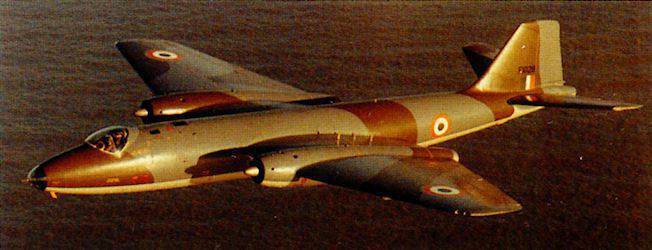
In 90-ies in India, there was a need to modernize its nuclear potential, and the country's leadership decided to officially announce the nuclear status of India. For this reason, India refused to accede to the Comprehensive Nuclear-Test-Ban Treaty, formally referring to the absence of a provision on the mandatory elimination of all nuclear powers by all nuclear powers within a specific time frame.
Indian nuclear testing at Pocran has been resumed on May 11 of the year. On that day, almost simultaneously, three nuclear charges with a power of 1998-12 CT were detonated underground. According to some experts, the power of the last thermonuclear device was reduced relative to the nominal design value (45 kt) in order to avoid the release of radioactive substances into the atmosphere.
13 in May, two more 0,3-0,5 kt charges were tested in this area, indicating the desire of Indian developers to create miniature nuclear warheads suitable for use on the battlefield in close proximity to the positions of their troops.
At the moment, the main Indian center for the implementation of the nuclear weapons program is the Trombey nuclear center. It conducts the development and assembly of nuclear ammunition and research into the safety of nuclear weapons. There are several reactors in the center where plutonium is produced. Also, military developments are underway at the Tata Atomic Research Institute in Mumbai and the Indira Gandhi MadrasA Nuclear Center. Highly enriched uranium-235 is produced at the uranium isotope separation plant in the city of Ratnakhally. Here, at the beginning of 2015, about 600 kilograms of highly enriched uranium were accumulated, which is roughly equivalent to 25 nuclear charges.
According to expert estimates, as of 2015, India could produce about 1200 kg of weapons-grade plutonium in India. Although this number is comparable to the total amount of plutonium produced in China, the number of nuclear warheads India is significantly inferior to China. Most experts agree that currently there are 90 — 110 ready-to-use nuclear weapons in India. Most nuclear warheads are stored separately from carriers in fortified underground cellars in the areas of Pune (Maharashtra) and Jodhpur (Rajasthan).
At present, India is developing a nuclear triad of ground-based ballistic missiles, bombers and submarines with ballistic missiles. In the middle of the 90-x, the PTRK with the Prithvi-1 liquid missile with the maximum launch range - 150 km came into service; through 10, the arsenal of tactical complexes was replenished with the Prithvi-2 with a maximum range of more than 250 kilometers. For these missiles, a nuclear warhead with a power of 12 CT with KVO - 70-80 meters was developed. Reportedly, when deployed on the India-Pakistan border, the Prithvi-2 missiles are capable of covering about a quarter of Pakistan’s territory, including Islamabad.
The development of Indian solid-propellant ballistic missiles began in the early 80's. The first in the family was the Agni-1, an operational tactical missile with a launch range of up to 700 km. It is designed to bridge the gap between the Prithvi-2 OTR and medium-range ballistic missiles.
Soon after the ATP-Agni-1 was followed by a two-stage MRSD Agni-2. It uses the first stage of the Agni-1 rocket. The launch range of the Agni-2 is over 2500 km. The rocket is transported on a mobile railway or car platform. As of 2010, the Indian armed forces had a 20-25 MRDC "Agni-2".
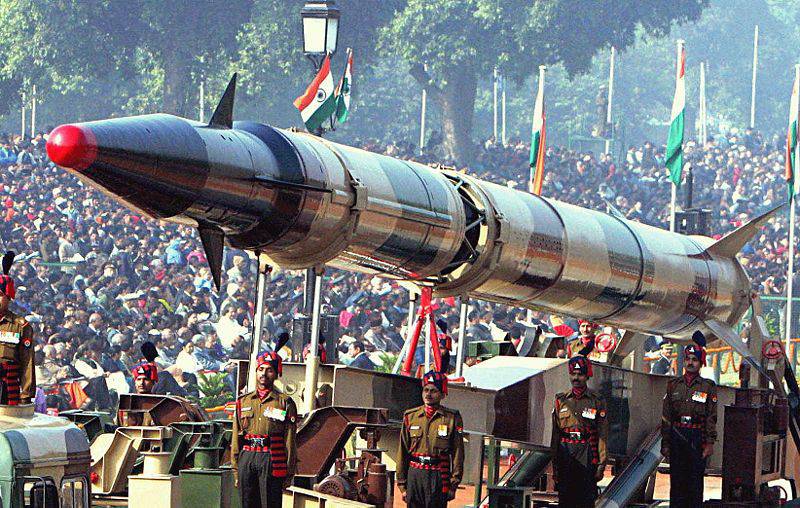
The Agni-2 missile was primarily designed to deter and, if necessary, launch nuclear strikes against Pakistan. The next in the Agni-3 family is already capable of delivering a 200 CT thermonuclear warhead to a distance of more than 3500 km. In the area of its defeat were such large Chinese cities as Shanghai and Beijing.
In 2015, the first Indian intercontinental ballistic missile Agni-5 was successfully tested. This three-stage solid propellant ICBM is capable of delivering warheads weighing 1100 kg to a distance of more than 5500 km. It is assumed that "Agni-5", weighing more than 50 t, is intended mainly for stationary silo-based. Missile alert is expected in the coming 3-4 years.
Until recently, the fighter of the French production "Mirage-2000" was the main carrier of aviation nuclear bombs in the Indian Air Force. The Air Force has more than 50 single and double fighters of this type.
Since 2002, the Russian Air Force has been supplying Russian Su-30MKI. In addition to the aircraft built in Irkutsk, in India at the HAL plant in Nasik is licensed assembly. Currently, the Indian Air Force has more than 220 Su-30MKI multi-purpose fighters. Their armament includes the BrahMos supersonic cruise missile PJ-10, capable of hitting targets at a range of 300 km. In addition to PKR, there is an option for the destruction of ground stationary targets. It is very likely that these missiles will be equipped with a nuclear warhead. The PJ-10 “BrahMos” cruise missiles can also be deployed on surface ships, submarines, and wheeled mobile platforms.
In the future, eight long-range anti-submarine aircraft Tu-142МE of Indian naval aviation can be carriers of long-range cruise missiles. Their delivery was carried out 1988 year, a few years ago, these machines have been overhauled and upgraded to TANTK them. Gm Beriev in Taganrog.
Anti-submarine aircraft Tu-142 was created on the basis of the Soviet strategic bomber Tu-95 and has a range of more than 5000 km. In the case of equipping long-range cruise missiles with a nuclear warhead, India will become the owner of a full-fledged air component of the nuclear triad.
In July, the first Indian nuclear-powered submarine with ballistic missiles on board, named “Arikhant” (“Fighter of enemies”), was launched in Visakhapatnam on July 2009.
Structurally, the Arikhant SSBN is based on the 70-80-s technologies and technical solutions, and largely repeats the Soviet nuclear submarine of the 670 Ave. According to American expert estimates, the first Indian SSBN is inferior in its stealth characteristics to missile strategic submarines of the USA, Russia, Great Britain and France. The data of the main armament of the Indian submarine - X-NUMX SLBM K-12 Sagarika with a launch range of 15 km also do not correspond to modern realities.
The development and testing of the boat and armament dragged on. It is expected that she will enter combat fleet in 2016. Despite numerous shortcomings, the Arikhant SSBN, which became the first "swallow", will allow Indian sailors and shipbuilders to accumulate the necessary experience in the construction, operation and tactics of using strategic submarine missile carriers. In essence, the Arikhant is an experimental boat, which was not originally intended for conducting regular combat patrols, which is confirmed by the obviously low missile characteristics. The K-15 Sagarika solid-fuel rocket is a marine version of the Agni-1 ballistic missile and should be replaced in the future by SLBMs with a flight range of 3500 km created on the basis of Agni-3.
The second boat - “Archidaman”, is being completed according to an improved project, taking into account the comments revealed during the tests of the head boat. The third and fourth Indian SSBNs under construction are in varying degrees of readiness. In total, the construction of six boats of this project.
Google Earth snapshot: Arihant Indian SSBN moored at the pier in Visakhapatnam, alongside the partially disassembled roof you can see the Chakra submarine in a floating slipway
You can also add that the Indian Navy maintains the Russian-made Nerpa, the 10 Pr., A Russian multipurpose NN K-152 “Nerpa”, leased for 971 years. In India, this submarine received the name "Chakra".
Indian military doctrine provides for the use of nuclear weapons only as a response to a nuclear attack on the territory of India or the Indian armed forces in any part of the world. It is envisaged that in the event of a nuclear attack, the retaliatory strike will be as massive as possible, with all available Indian nuclear weapons, including at civilian targets of the aggressor. At the same time, nuclear weapons cannot be used against a state that does not possess such weapons, and the command to use them can be given only by the country's political leadership. India also reserves the right to retaliate with a nuclear strike if an adversary uses chemical or biological weapons.
From the above, it follows that the Indian nuclear potential is primarily aimed at strategic deterrence of China as the main geopolitical rival. And also to curb rash steps on the part of Pakistan, which, yielding to India in military and economic potential, is also the owner of the atomic bomb.
South Africa
In the 70-s of the last century in the Republic of South Africa also worked on the creation of nuclear weapons, although they did not reach such a scale as in Israel and India. The construction of the South African Nuclear Research Center at Pelindaba (30 km west of Pretoria) began in 1961. Here, in 1965, the first Safari-1 research reactor with nuclear fuel based on highly enriched uranium began to operate. In 1969, the construction of a uranium enrichment plant began with the help of Germany in Valindaba. In the 1974 year, after the plant’s production line was launched, the leadership of South Africa made a fundamental decision to build its own nuclear weapons.
The United States and other Western countries, which viewed South Africa as their ally in the fight against communist ideology on the African continent, secretly supported Pretoria in the development of nuclear weapons. In particular, the United States sold computers to South Africa that could be used to develop nuclear weapons. France, Germany and Israel contributed to the creation of the South African atomic bomb. With the assistance of specialists from the United States, France and Germany, construction began on a nuclear test site in the Alingtop region. Cheap uranium went from South Africa as a fee; this country, which has enormous reserves of uranium ores, exported about 40 thousand tons of uranium oxide to the United States in the 50-40-ies alone.
In the middle of 70, the nuclear industry in South Africa has accumulated a quantity of highly enriched uranium-235, sufficient to create several nuclear explosive devices. Given that the organization of the production of weapons-grade plutonium required significant investments and was associated with certain difficulties, South Africa decided to make cannon-type uranium atomic bombs that were cheaper and did not require a number of complex components, access to which was difficult.
In 1975, preparatory work began on the construction of a test site in the Kalahari Desert. In May, 1974, India conducted its first nuclear test, and the South African authorities hoped that against this background, the response of other states to the South African test explosion would not be too acute. Preparations for conducting nuclear tests at the site were in full swing until the Soviet Union made public images from the reconnaissance satellite in 1977 year. Under pressure from the world community, South Africa had to cancel the designated tests.
But this did not lead to the curtailing of the nuclear weapons program. Experts of the South African Arms Corporation - ARMSCOR by trial and error managed to create a fairly compact uranium bomb weighing a little more than 1 tons and a length of 1,8 meter. The estimated power of the bomb was within 15-18 CT. Extremely simple and tested in other countries, the design of the gun type did not require ground tests. Carrier bombers "Canberra" should have become the carrier of the Yuarovo atomic bomb. However, given the vulnerability of this aircraft to modern air defense systems, high-ranking representatives of South Africa and Israel held secret negotiations on the supply of Israeli OTR "Jericho" with nuclear warheads. At the same time, work was carried out in South Africa to build larger missiles capable of carrying heavy uranium warheads.
More than 5 billions of dollars in 80’s late prices were spent on nuclear weapons in South Africa. For a relatively small country that has been fighting in Namibia and Angola for a long time and is under international sanctions, this was a very significant amount. It can also be noted that due to the scarce material and technical resources and the increased secrecy regime, a very limited number of specialists were involved in the South African nuclear program. So in the assembly of nuclear bombs, no more than 100 people participated in their transportation, storage and maintenance, almost all of them had to master several related professions.
The South African nuclear program was curtailed after the departure for health reasons of President Peter Willem Botha. It is known that at that time in South Africa were actively working to create a plutonium charge of the implosive type and a thermonuclear bomb. Tritium was obtained from Israel, the amount of which was enough to create 20 enhanced charges.
In September, 1989, Frederic de Klerk became president of South Africa, almost immediately after coming to power, he ordered the dismantling of all existing nuclear charges. 10 July 1991 of the Year South Africa acceded to the Treaty on the Non-Proliferation of Nuclear Weapons, at the same time the number of nuclear bombs was made public. At that time, Pretoria had 6 ready-made aviation atomic bombs, the amount of highly enriched uranium was enough to assemble at least 20 nuclear explosive devices.
Based on:
http://www.globalsecurity.org
http://voprosik.net/yadernoe-oruzhie-izrailya/
http://svr.gov.ru/material/4-uar.htm
http://vpk-news.ru/articles/9017
http://missilethreat.com/about/
- Sergey Linnik
- Nuclear era. Part 1
Nuclear era. Part 2
Nuclear era. Part 3
Nuclear Era. Part 4
Nuclear era. Part 5
Nuclear era. Part 6
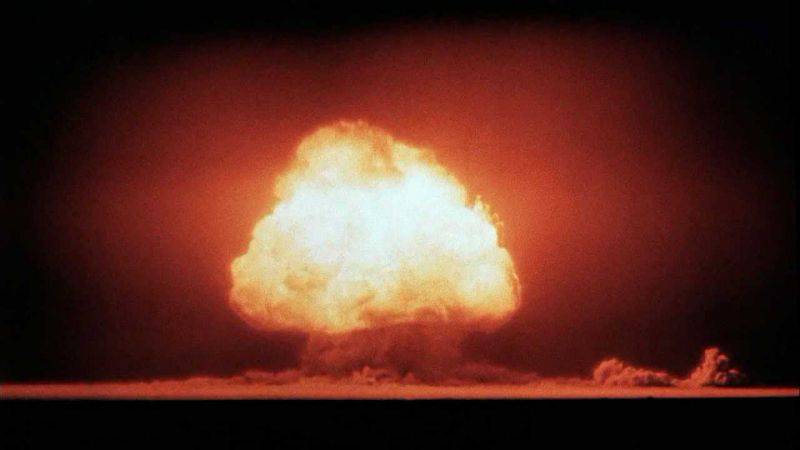
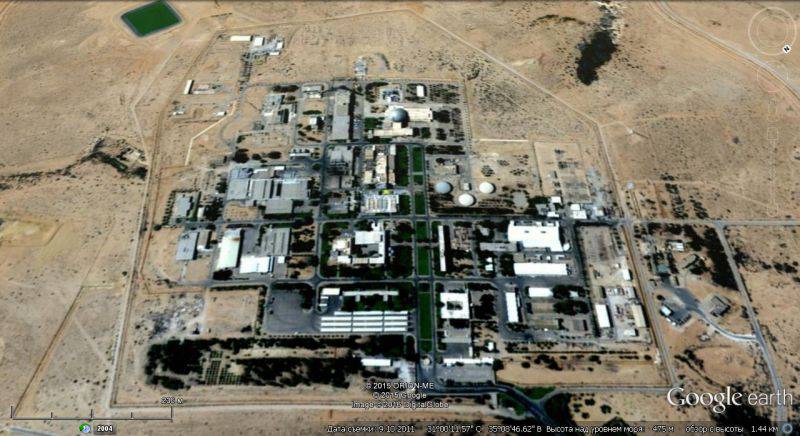
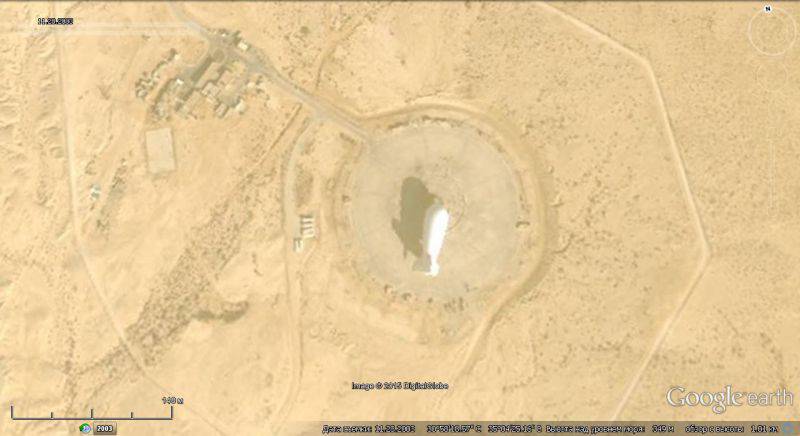
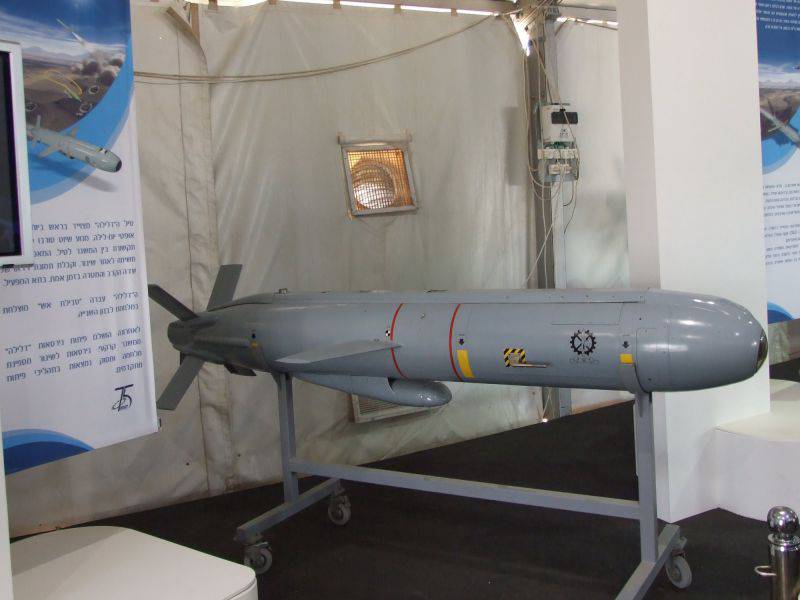
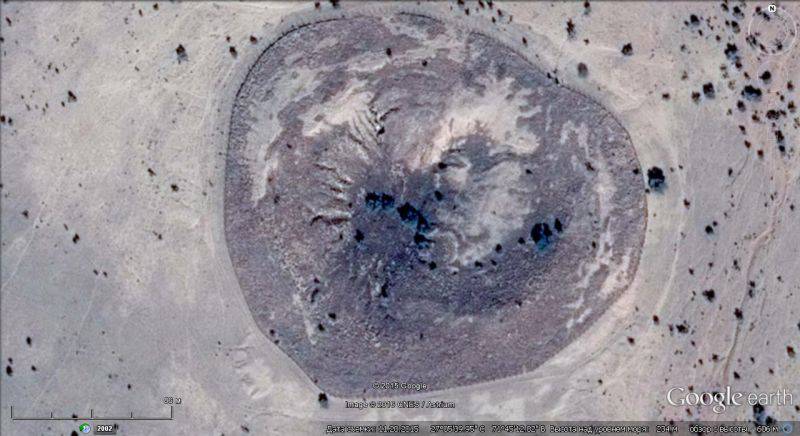
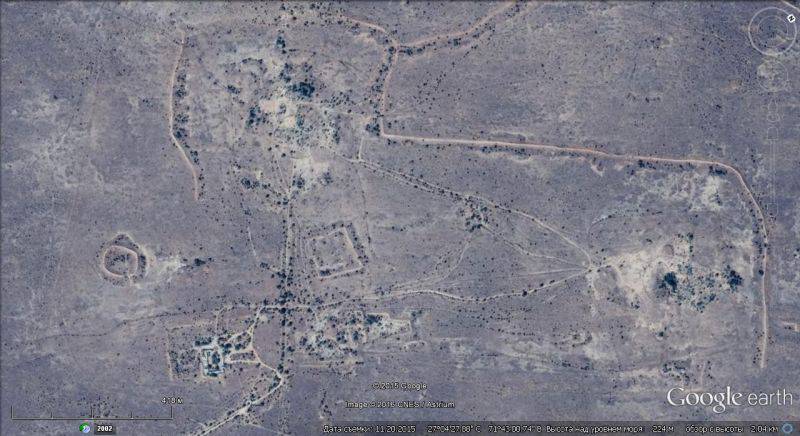
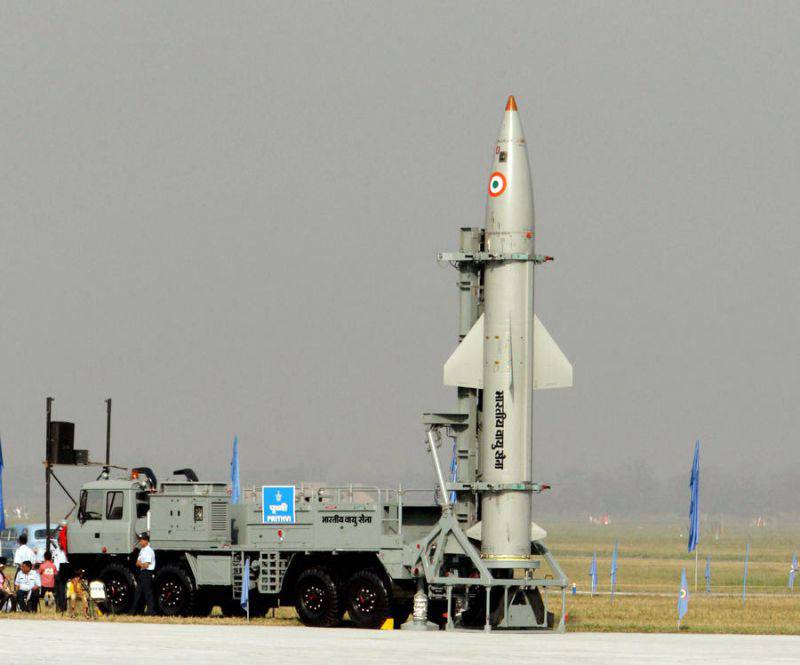
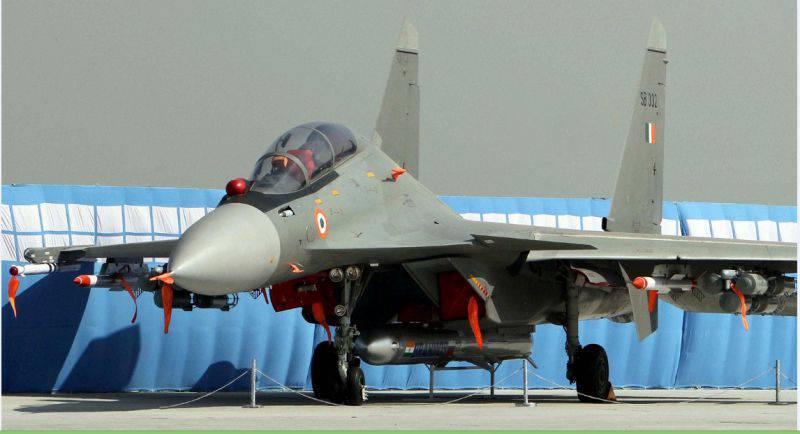
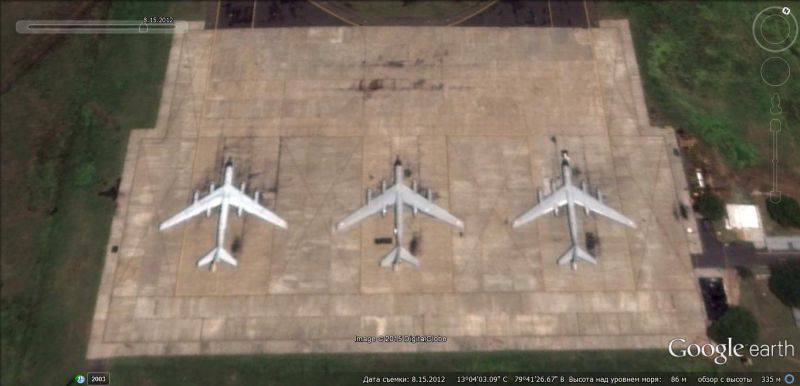
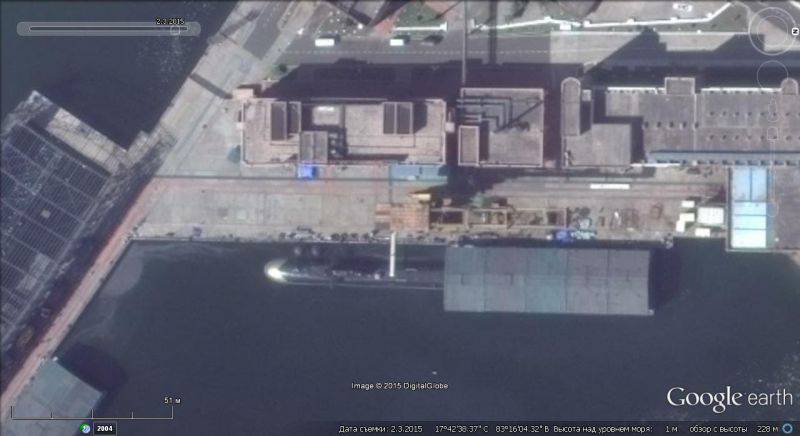
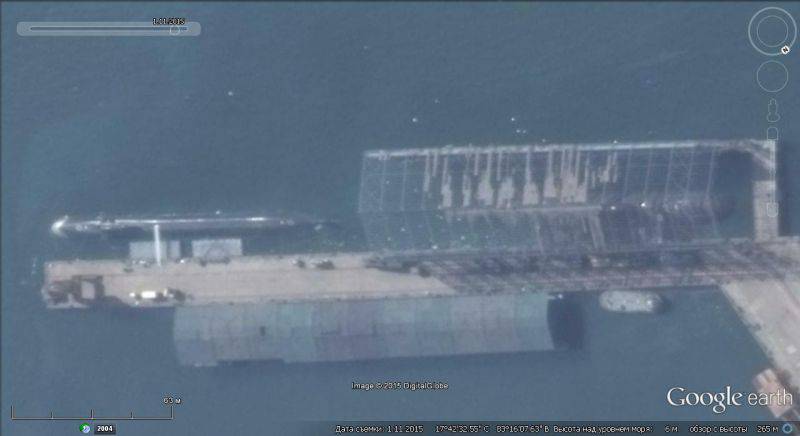
Information